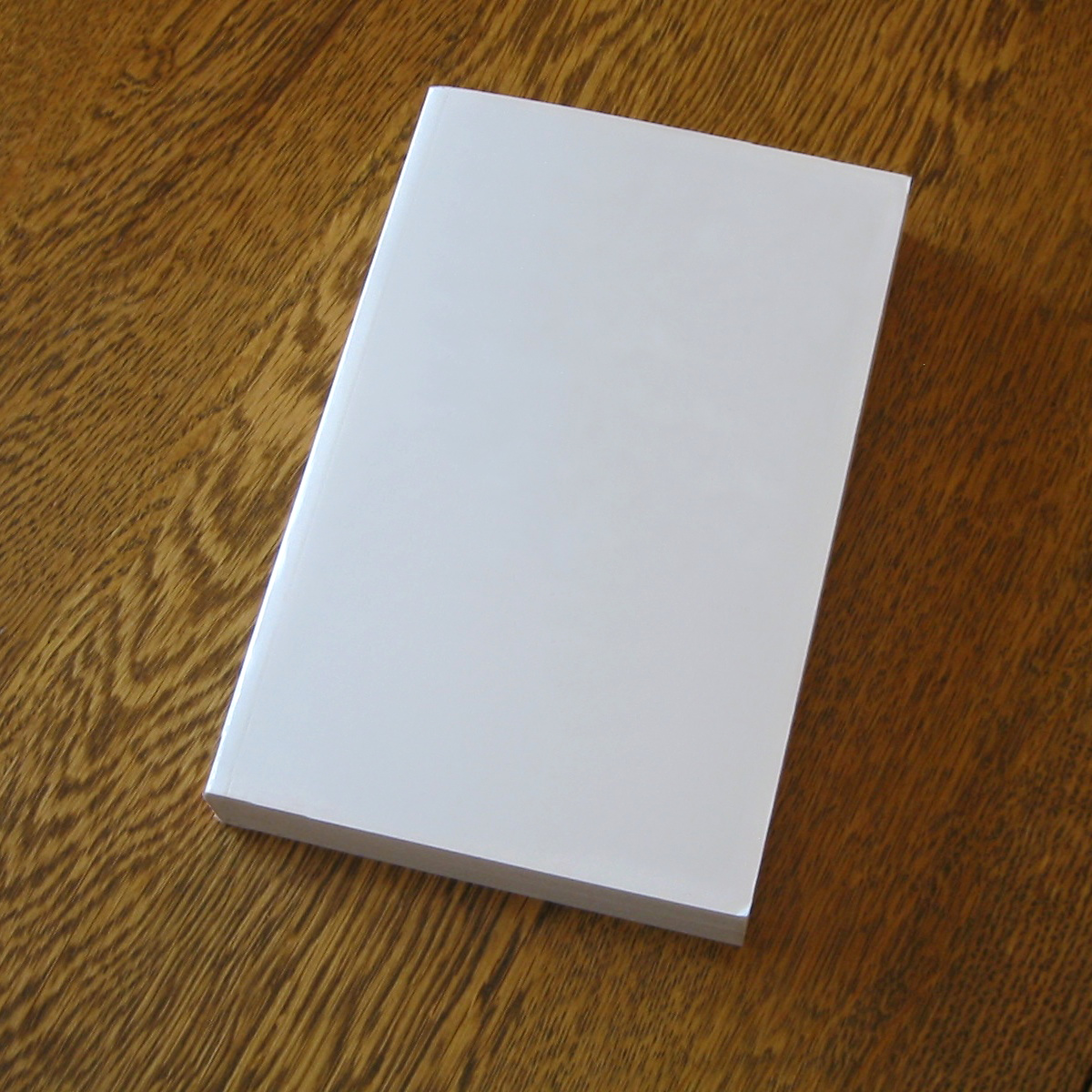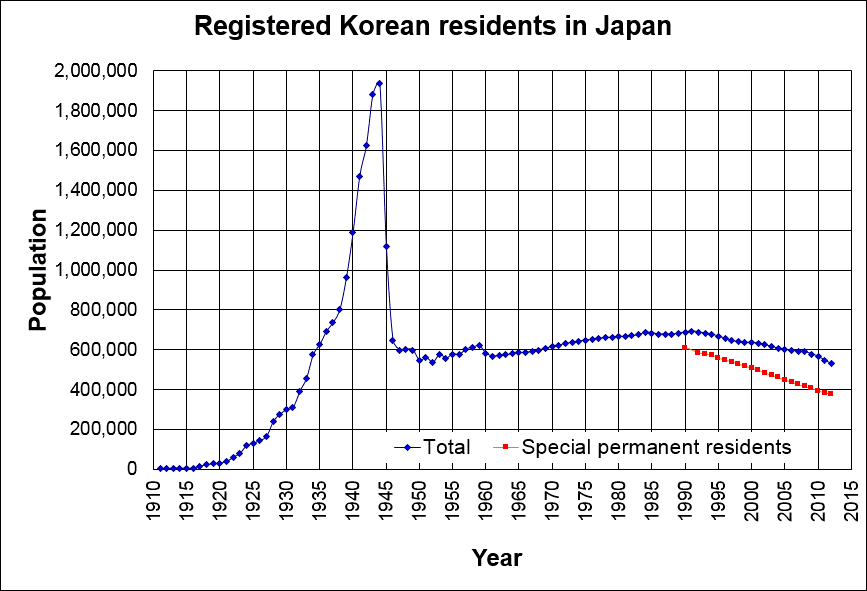|
Go (Kaneshiro Novel)
''GO'' is a novel written by Kazuki Kaneshiro and published in 2000 by Kodansha. ''GO'' received a Naoki Prize, an award of high praise in Japan. A film adaptation was released in 2001 that won numerous awards in Japan. An English translation by Takami Nieda was released by AmazonCrossing in 2018. The story's protagonist is Sugihara, who is a zainichi chosenjin (North Korean nationals in Japan), who falls in love with a Japanese girl. The story revolves around Korean/Chinese racism in Japan with Sugihara changing his Korean name from Lee and moving to a Japanese school from a Japanese Korean school. Summary Sugihara, who was a zainichi chosenjin, began studying at a Japanese high-school. Since his father was an ex-pro boxer, Sugihara knew how to fight other Japanese boys who challenges him to a fight because of his nationality. He became friends with a boy whose father is a yakuza and Sugihara's friend invited him to a party where Sugihara meets a girl who would only let ... [...More Info...] [...Related Items...] OR: [Wikipedia] [Google] [Baidu] |
Kazuki Kaneshiro
is a Zainichi Korean novelist who was born in Kawaguchi, Saitama. Later in his life he acquired Japanese citizenship. Due to early influence from his Marxist-Leninist father, he studied at the Chongryon-affiliated elementary school and middle school. Afterwards his father switched his affiliation for Mindan, he instead studied at Hozen High School (保善高等学校) in Tokyo Shibuya. He graduated in Law at Keio University. With the strong confusions with Chongryon, Mindan, and Japanese politics he wanted to promote an alternative "Korean-Japanese" (コリアン・ジャパニーズ) identity to overcome social obstacles, but later he abandoned this concept. Bibliography *2000 Go (Kaneshiro novel), Go *2003 ''Taiwa-Hen'' (対話篇; made into a film as ''Ren'ai Shousetsu'') *2007 ''Eiga-Hen'' (映画篇) Zombies Series (ゾンビーズ・シリーズ) *2001 ''Revolution No. 3'' (レヴォリューションNO.3) *2003 ''Fly, Daddy, Fly'' (フライ,ダディ,フライ) *2005 '' ... [...More Info...] [...Related Items...] OR: [Wikipedia] [Google] [Baidu] |
Japan
Japan is an island country in East Asia. Located in the Pacific Ocean off the northeast coast of the Asia, Asian mainland, it is bordered on the west by the Sea of Japan and extends from the Sea of Okhotsk in the north to the East China Sea in the south. The Japanese archipelago consists of four major islands—Hokkaido, Honshu, Shikoku, and Kyushu—and List of islands of Japan, thousands of smaller islands, covering . Japan has a population of over 123 million as of 2025, making it the List of countries and dependencies by population, eleventh-most populous country. The capital of Japan and List of cities in Japan, its largest city is Tokyo; the Greater Tokyo Area is the List of largest cities, largest metropolitan area in the world, with more than 37 million inhabitants as of 2024. Japan is divided into 47 Prefectures of Japan, administrative prefectures and List of regions of Japan, eight traditional regions. About three-quarters of Geography of Japan, the countr ... [...More Info...] [...Related Items...] OR: [Wikipedia] [Google] [Baidu] |
Japanese Language
is the principal language of the Japonic languages, Japonic language family spoken by the Japanese people. It has around 123 million speakers, primarily in Japan, the only country where it is the national language, and within the Japanese diaspora worldwide. The Japonic family also includes the Ryukyuan languages and the variously classified Hachijō language. There have been many Classification of the Japonic languages, attempts to group the Japonic languages with other families such as Ainu languages, Ainu, Austronesian languages, Austronesian, Koreanic languages, Koreanic, and the now discredited Altaic languages, Altaic, but none of these proposals have gained any widespread acceptance. Little is known of the language's prehistory, or when it first appeared in Japan. Chinese documents from the 3rd century AD recorded a few Japanese words, but substantial Old Japanese texts did not appear until the 8th century. From the Heian period (794–1185), extensive waves of Sino-Ja ... [...More Info...] [...Related Items...] OR: [Wikipedia] [Google] [Baidu] |
Novel
A novel is an extended work of narrative fiction usually written in prose and published as a book. The word derives from the for 'new', 'news', or 'short story (of something new)', itself from the , a singular noun use of the neuter plural of ''novellus'', diminutive of ''novus'', meaning 'new'. According to Margaret Doody, the novel has "a continuous and comprehensive history of about two thousand years", with its origins in the Ancient Greek and Roman novel, Medieval Chivalric romance, and the tradition of the Italian Renaissance novella.Margaret Anne Doody''The True Story of the Novel'' New Brunswick, NJ: Rutgers University Press, 1996, rept. 1997, p. 1. Retrieved 25 April 2014. The ancient romance form was revived by Romanticism, in the historical romances of Walter Scott and the Gothic novel. Some novelists, including Nathaniel Hawthorne, Herman Melville, Ann Radcliffe, and John Cowper Powys, preferred the term ''romance''. Such romances should not be con ... [...More Info...] [...Related Items...] OR: [Wikipedia] [Google] [Baidu] |
Kodansha
is a Japanese privately held publishing company headquartered in Bunkyō, Tokyo. Kodansha publishes manga magazines which include ''Nakayoshi'', ''Morning (magazine), Morning'', ''Afternoon (magazine), Afternoon'', ''Evening (magazine), Evening'', ''Weekly Young Magazine'', ''Weekly Shōnen Magazine'', and ''Bessatsu Shōnen Magazine'', as well as the more literary magazines ''Gunzō'', ''Weekly Gendai, Shūkan Gendai'', and the Japanese dictionary, ''Nihongo Daijiten''. Kodansha was founded by Seiji Noma in 1909, and members of his family continue as its owners either directly or through the Noma Cultural Foundation. History Seiji Noma founded Kodansha in 1909 as a spin-off of the ''Dai-Nippon Yūbenkai'' (, "Greater Japan Oratorical Society") and produced the literary magazine, ''Yūben,'' () as its first publication. The name ''Kodansha'' (taken from ''Kōdan Club'' (), a now-defunct magazine published by the company) originated in 1911 when the publisher formally merged wi ... [...More Info...] [...Related Items...] OR: [Wikipedia] [Google] [Baidu] |
Paperback
A paperback (softcover, softback) book is one with a thick paper or paperboard cover, also known as wrappers, and often held together with adhesive, glue rather than stitch (textile arts), stitches or Staple (fastener), staples. In contrast, hardcover, hardback (hardcover) books are bound with cardboard covered with cloth, leather, paper, or plastic. Inexpensive books bound in paper have existed since at least the 19th century in such forms as pamphlets, yellow-backs, yellowbacks and dime novels. Modern paperbacks can be differentiated from one another by size. In the United States, there are "mass-market paperbacks" and larger, more durable "trade paperbacks". In the United Kingdom, there are A-format, B-format, and the largest C-format sizes. Paperback editions of books are issued when a publisher decides to release a book in a low-cost format. Lower-quality paper, glued (rather than stapled or sewn) bindings, and the lack of a hard cover may contribute to the lower cost of ... [...More Info...] [...Related Items...] OR: [Wikipedia] [Google] [Baidu] |
Naoki Prize
The Naoki Prize, officially , is a Japanese literary award presented biannually. It was created in 1935 by Kikuchi Kan, then editor of the ''Bungeishunjū'' magazine, and named in memory of novelist Naoki Sanjugo. Sponsored by the Society for the Promotion of Japanese Literature, the award recognizes "the best work of popular literature in any format by a new, rising, or (reasonably young) established author." The winner receives a watch and one million yen. Kikuchi founded the Naoki Prize with the Akutagawa Prize, which targets a new or rising author of literary fiction. The two prizes are viewed as "two sides of the same coin" and inseparable from one another. Because of the prestige associated with the Naoki Prize and the considerable attention the winner receives from the media, it, along with the Akutagawa Prize, is one of Japan's most sought after literary awards of recognition. Winners Bungeishunjū maintains the official archive of past Naoki Prize winners. 1st–100 ... [...More Info...] [...Related Items...] OR: [Wikipedia] [Google] [Baidu] |
Zainichi
() are ethnic Koreans who immigrated to Japan before 1945 and are citizens or permanent residents of Japan, or who are descendants of those immigrants. They are a group distinct from South Korean nationals who have immigrated to Japan since the end of World War II and the division of Korea. They currently constitute the third largest ethnic minority group in Japan after Chinese immigrants. Their population declined significantly due to death, returning to Korea, and assimilating into the general Japanese population. The majority of Koreans in Japan are , often known simply as , who are ethnic Korean permanent residents of Japan. The term Zainichi Korean refers only to long-term Korean residents of Japan who trace their roots to Korea under Japanese rule, distinguishing them from the later wave of Korean migrants who came mostly in the 1980s, and from pre-modern immigrants dating back to antiquity who constituted the biggest ancestral group of the Japanese people. The Japanes ... [...More Info...] [...Related Items...] OR: [Wikipedia] [Google] [Baidu] |
Racism In Japan
comprises negative attitudes and views on race or ethnicity which are held by various people and groups in Japan, and have been reflected in discriminatory laws, practices and action (including violence) at various times in the history of Japan against racial or ethnic groups. According to census statistics in 2018, 97.8% of Japan's population are Japanese, with the remainder being foreign nationals residing in Japan. The number of foreign workers has increased dramatically in recent years, due to the aging population and a shrinking labor force. A news article in 2018 suggests that approximately 1 out of 10 people among the younger population residing in Tokyo are foreign nationals. According to the CIA World Factbook, Japanese make up 98.1% of the population, Chinese 0.5%, and Korean 0.4%, with the remaining 1% representing all other ethnic groups. Japan lacks any law which prohibits racial, ethnic, or religious discrimination. The country also has no national human rights in ... [...More Info...] [...Related Items...] OR: [Wikipedia] [Google] [Baidu] |
Yakuza
, also known as , are members of transnational organized crime syndicates originating in Japan. The Japanese police and media (by request of the police) call them , while the yakuza call themselves . The English equivalent for the term ''yakuza'' is gangster, meaning an individual involved in a Mafia-like criminal organization. The yakuza are known for their strict codes of conduct, their organized fiefdom nature, and several unconventional ritual practices such as '' yubitsume'', or amputation of the left little finger. Members are often portrayed as males with heavily tattooed bodies and wearing '' fundoshi'', sometimes with a kimono or, in more recent years, a Western-style "sharp" suit covering them. At their height, the yakuza maintained a large presence in the Japanese media, and they also operated internationally. In 1963, the number of yakuza members and quasi-members reached a peak of 184,100. [...More Info...] [...Related Items...] OR: [Wikipedia] [Google] [Baidu] |



